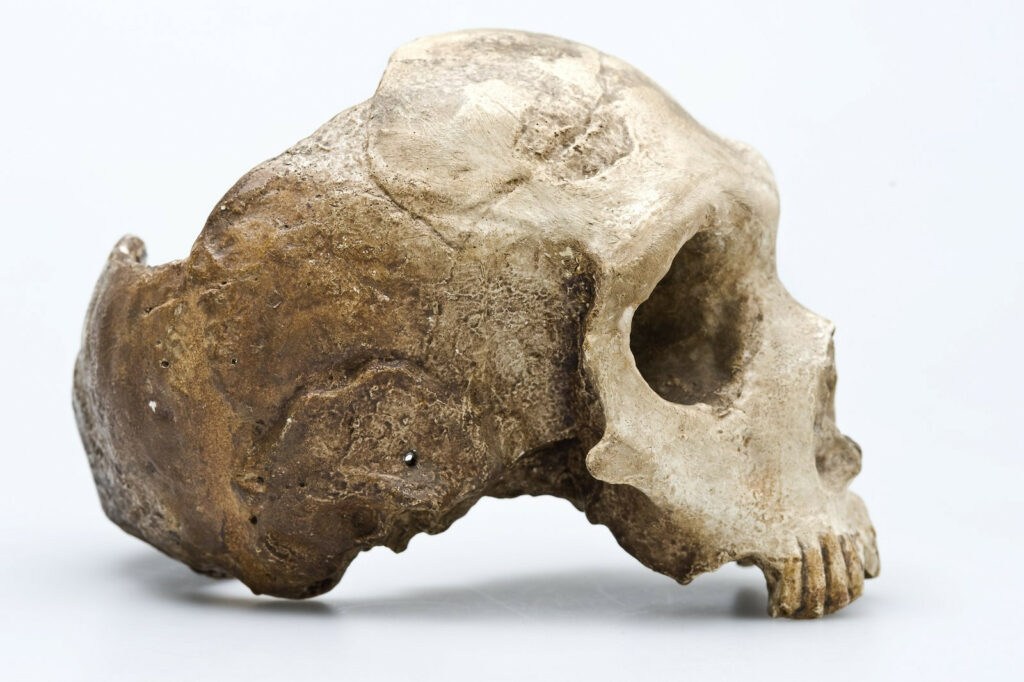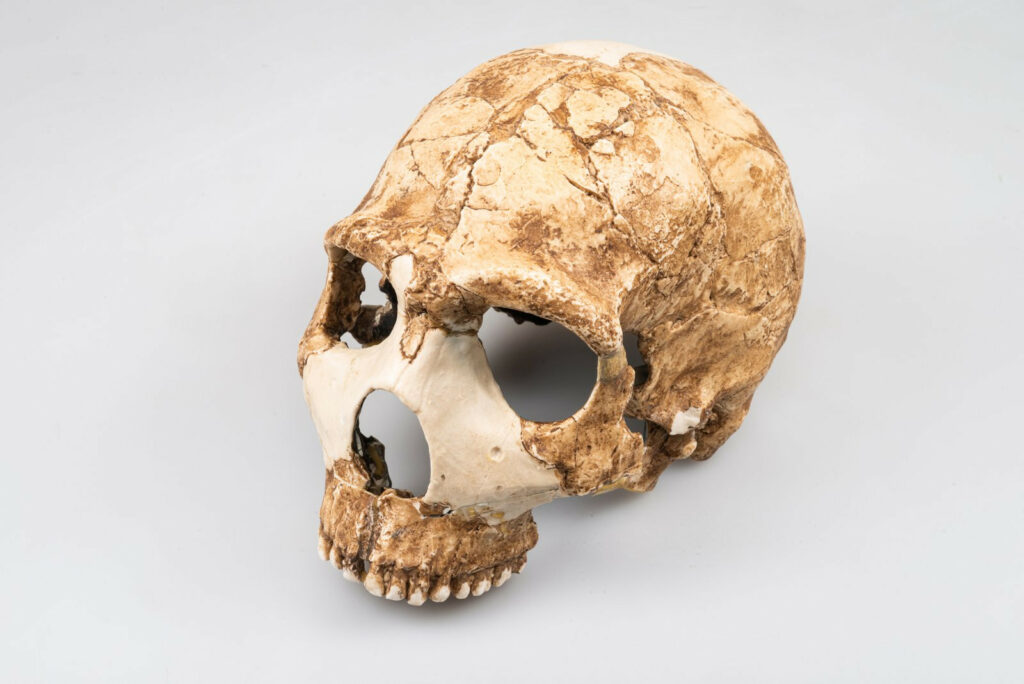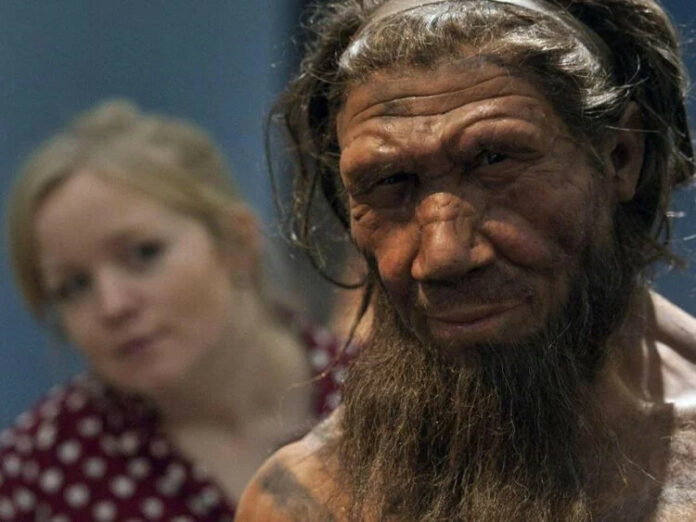In a groundbreaking discovery, scientists have uncovered one of the earliest examples of zoonotic spillover—the transmission of a disease from animals to humans—in the fossilized remains of a Neanderthal known as the “Old Man of La Chapelle.” The findings, recently published in the journal “Scientific Reports,” shed light on the enduring relevance of zoonotic diseases throughout human evolution.

Reexamining the Neanderthal Remains
The skeleton of the Old Man of La Chapelle, discovered in a French cave in 1908, has been the subject of extensive research over the past century. A recent reanalysis led by Dr. Martin Haeusler from the University of Zurich revealed that the Neanderthal, estimated to be in his late 50s or 60s at the time of his death some 50,000 years ago, suffered from brucellosis—a zoonotic disease still prevalent today.
Earliest Evidence of Zoonotic Spillover

Brucellosis, characterized by symptoms such as fever, muscular pain, and arthritis, is typically contracted through contact with infected animals or consumption of contaminated animal products. The Old Man of La Chapelle’s case represents the earliest secure evidence of this zoonotic disease in hominin evolution, predating its discovery in Bronze Age Homo sapiens skeletons by approximately 45,000 years.
Neanderthal Diet and Disease Transmission
The transmission of brucellosis to the Neanderthal man likely occurred during the handling and preparation of animals hunted for food, such as wild sheep, goats, wild cattle, bison, reindeer, hares, and marmots. The fact that he lived to an advanced age suggests he may have suffered from a milder form of the disease.
Changing Perceptions of Neanderthals
The Old Man of La Chapelle has played a crucial role in dispelling misconceptions about Neanderthals as primitive Stone Age brutes. Recent research indicates that these ancient hominins possessed intelligence on par with our own and would have walked upright, despite the burden of degenerative osteoarthritis.

As we continue to study the remains of our ancient ancestors, discoveries like the Old Man of La Chapelle’s case of brucellosis remind us of the complex interplay between humans, animals, and the diseases that have shaped our evolutionary journey.

